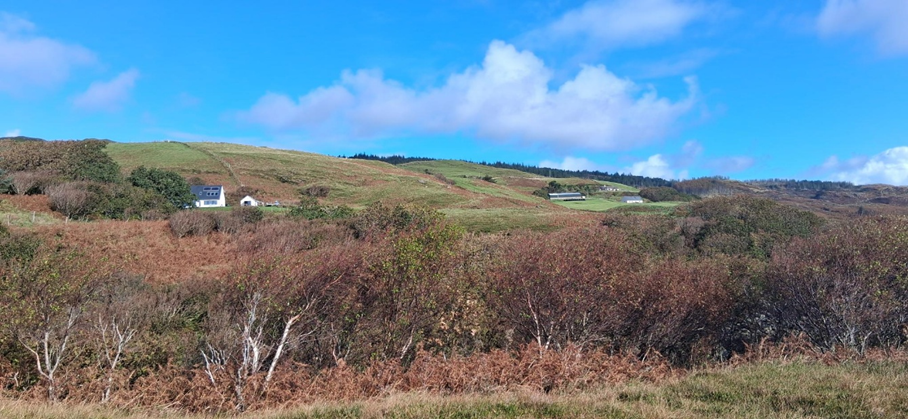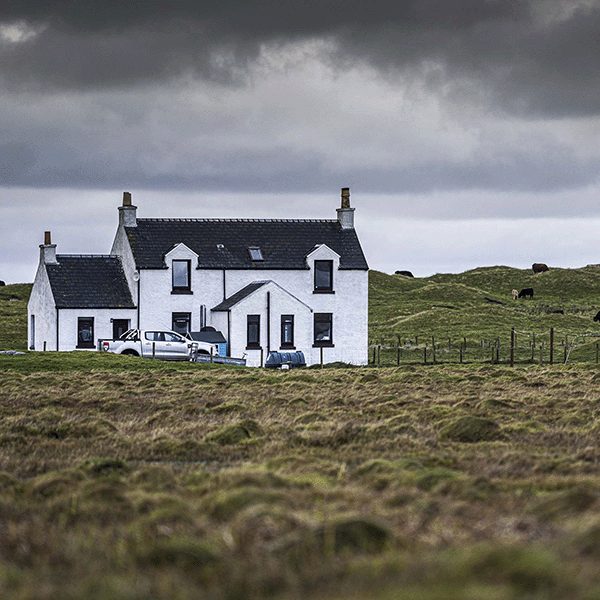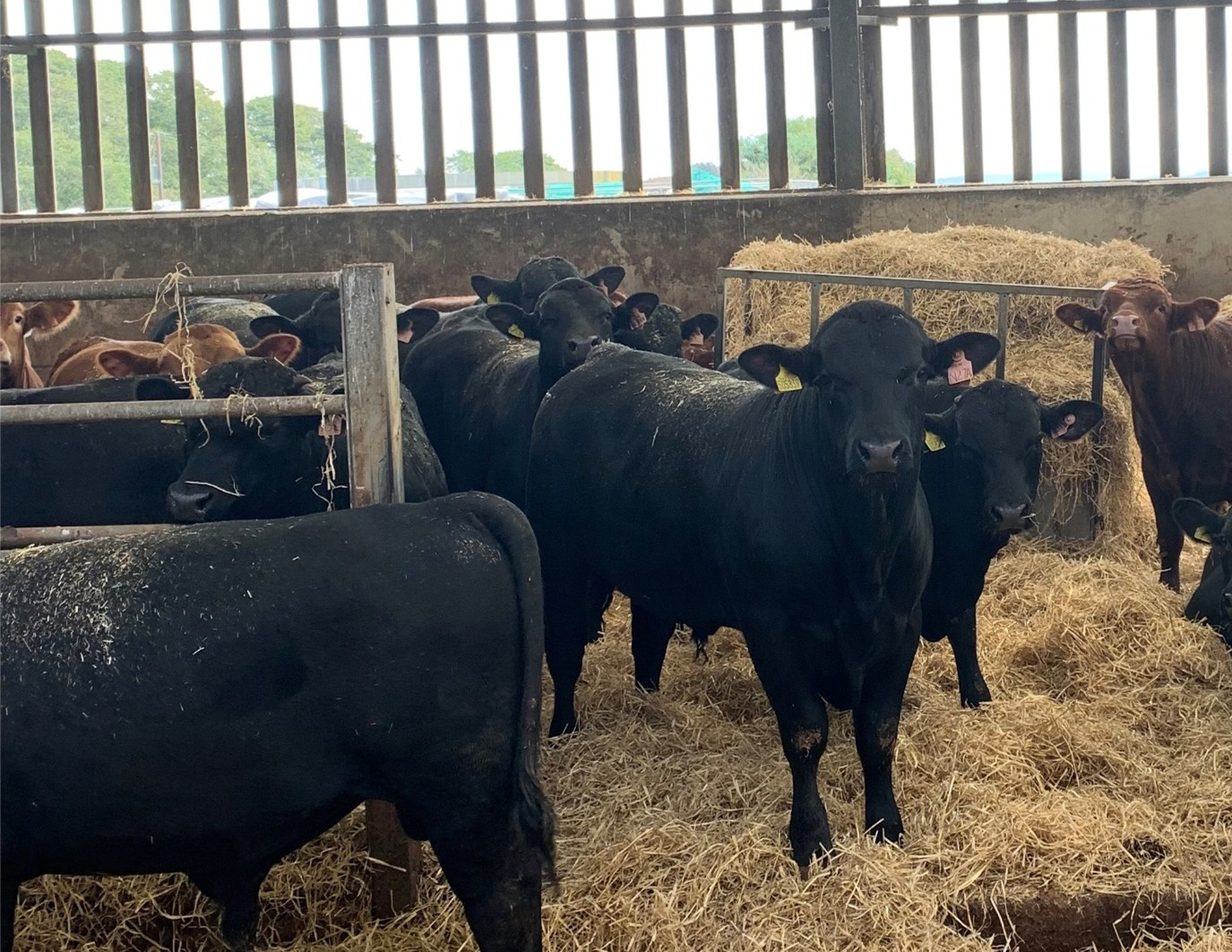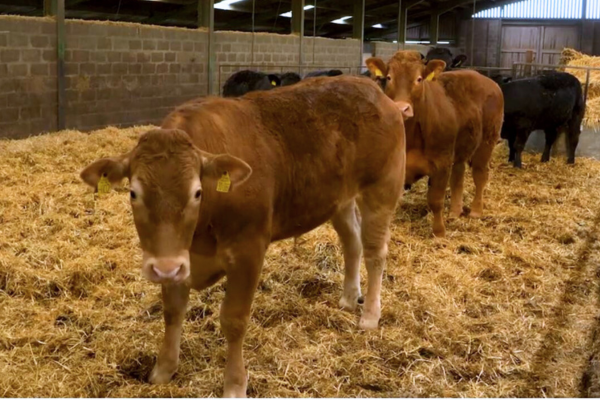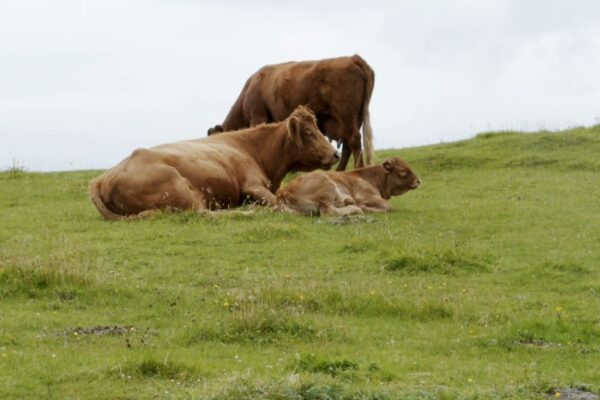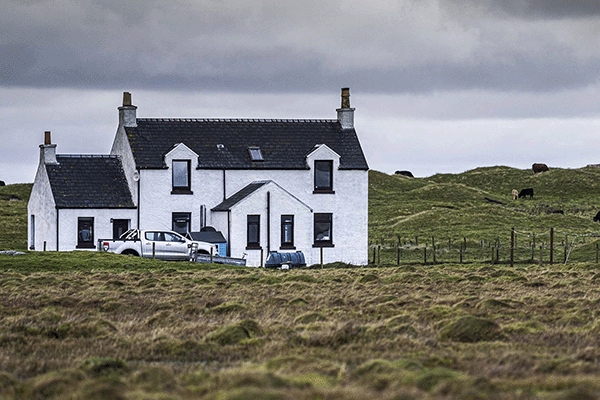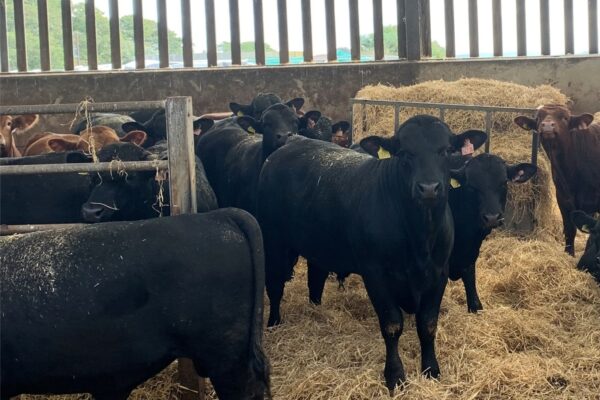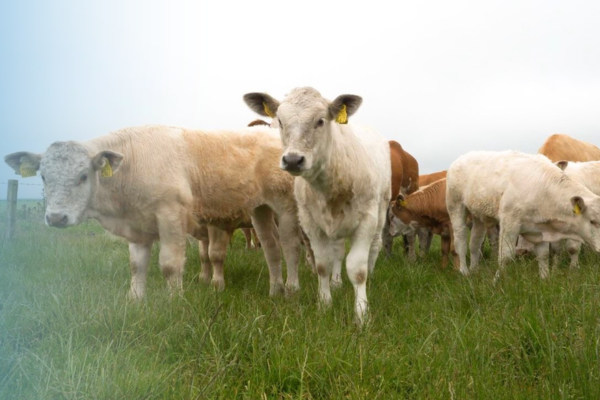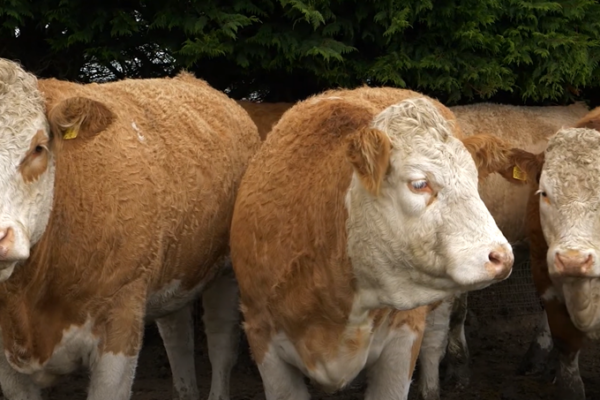Calving Intervals and Small Herds
5 June 2025Calving Intervals are one of many Key Performance Indicators (KPIs) that can be used in any suckler herd to assess how a herd is performing. Although some consideration is needed when applying these to small herds (see Performance Targets for Small Herds). Calving Intervals now have implications for support payments for all herd sizes. This short guide explains what a calving interval is, why it matters and how to monitor and improve it using tools like ScotEID.
Please note: From 2026, those that are claiming support for 10 calves or less will not be required to meet the 410 day calving interval period to be eligible for payment.
What is a calving interval and why does it matter?
A calving interval is the period between a cow having one calf and her next. The most productive herds have cows producing a calf every twelve months. From 2025 the Scottish Suckler Beef Support Scheme (SSBSS) is changing: to be eligible for payment, the calving interval of the individual cows in your herd must not exceed 410 days. Calves from all heifers will receive payment, providing they meet all other criteria in the scheme.
The calving interval is calculated even if you buy an in-calf cow or one with calf at foot. Calves not born on your holding still count towards the cow’s calving interval whether she was within the 410 days or not. This may require more caution when purchasing.
How to monitor your herds calving interval?
You can check your herd’s calving interval through ScotEID. To access this information on ScotEID, follow this guide:
-
Log into your account
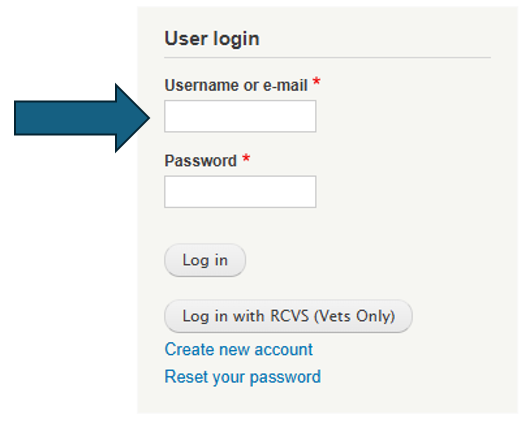
2. In the cattle menu, click on the drop-down bar labelled 'ScotMoves+(Births/Deaths/Sales…)’.
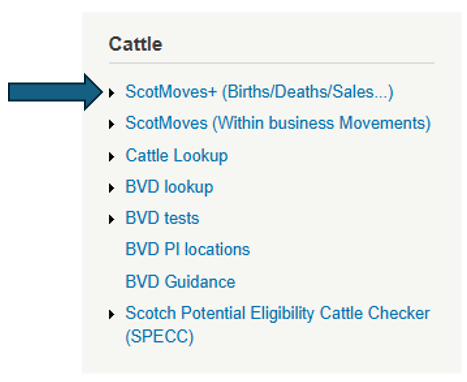
3. Open ‘My HerdStats’.

3. Use the menu on the left hand side to open ‘Cow performance’ to view calving interval
average, or ‘Calving Interval Table’ to view individual cows calving intervals.
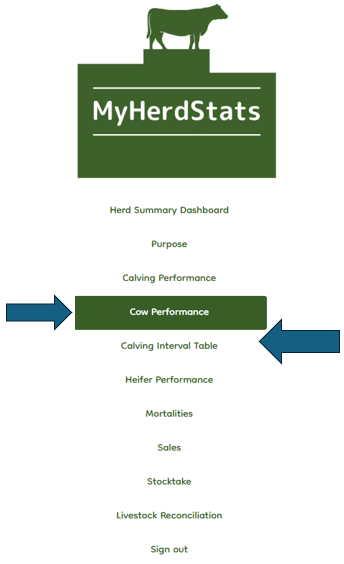
4. You will be able to see your herd average calving interval and view individual animals.
ScotEID also now has a handy function that displays the mother’s calving interval when you are registering your calves.
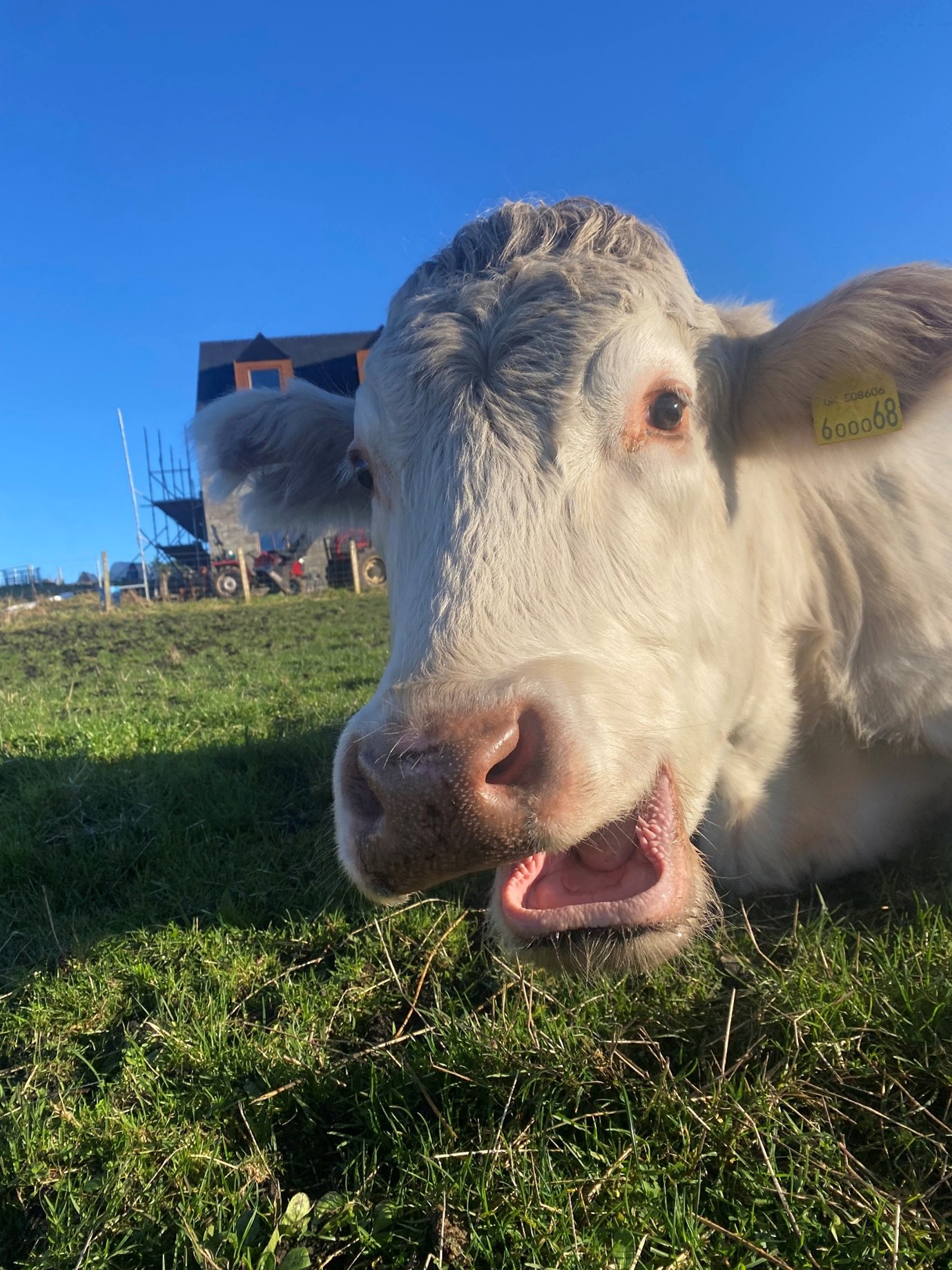

Tips to reduce calving intervals
Reducing the calving interval of your cows not only helps you meet the requirements for the SSBSS scheme to receive payments but also helps your business to become more productive and efficient.
- Identify any animals on MyHerdStats that are not currently meeting the calving animal requirements. Assess -
- Is her body condition score (BCS) low? BCS 2.5-3 is ideal for restarting the oestrus cycle after birth. More information can be found in TN756 here.
- Is there an infection or illness present in the cow. This could be a good time to discuss with your vet
as part of annual herd health planning.
- Record any cows that you see bulling and look out for any that come back bulling.
- Look at selling any barren cows and any animals that are due to calve out with the 410 day limit.
- Consider using bulls with a shorter gestation length EBV. See this link to EBV sheet Maternal Matters: EBVs and Indexes for suckler herds | AHDB
How to get the most out of the scheme:
- Apply by 31st of December and claim all calves that survive more than 30 days – Although there will not be a payment for calves born after the 410 day period, neither will there be a penalty issued.
- It may be advisable to adjust your tagging regime, so calves are tagged earlier. Calves that are tagged and registered demonstrate that the cow calved, even if the calf subsequently dies.
- Tighten the period the bull is with the herd – 9-week bulling period will tighten calving period.
- If using a Crofting Commission bull on your common grazing, communicate with neighbouring townships to swap bulls over – this increases chances of successful insemination.
Example of recording calving intervals
Table 1. Example of Recording Calving Intervals in Small Herds
| Tag Number | 2024 Calving Dates | 2025 Calving Dates | Calving Interval (Days) |
|---|---|---|---|
| UK123456780001 | 27th June | 8th August | 407 |
| UK123456780002 | 29th August | 8th February 2026 | 528 |
| UK123456780003 | 1st October | 18th October | 382 |
| UK123456780004 | 2nd October | 12th October | 375 |
| UK123456780005 | 5th October | 31st October | 391 |
| UK123456780006 | 9th October | 13th October | 369 |
| UK123456780007 | 6th December | 18th December | 347 |
NB: 1 calf within this herd would not receive payment from the SSBSS scheme
Table 2: Planning Bulling Period to aid monitoring
| Tag Number | 2024 Calving Dates | Last Eligible Service Date |
|---|---|---|
| UK123456780001 | 27th June | 31st October 2024 |
| UK123456780002 | 29th August | 2nd January 2025 |
| UK123456780003 | 1st October | 4th February 2025 |
| UK123456780004 | 2nd October | 5th February 2025 |
| UK123456780005 | 5th October | 8th February 2025 |
| UK123456780006 | 9th October | 12th February 2025 |
| UK123456780007 | 6th December | 11th April 2025 |
Recording past calving dates alongside serving dates/bulling period it can be easier to identify which cows may be out with the 410-day calving interval period. Identifying ahead of time when the cow should be served by to meet this requirement allows you to monitor and identify any issues earlier.
Christina Macinnes, SAC Consulting
Sign up to the FAS newsletter
Receive updates on news, events and publications from Scotland’s Farm Advisory Service


